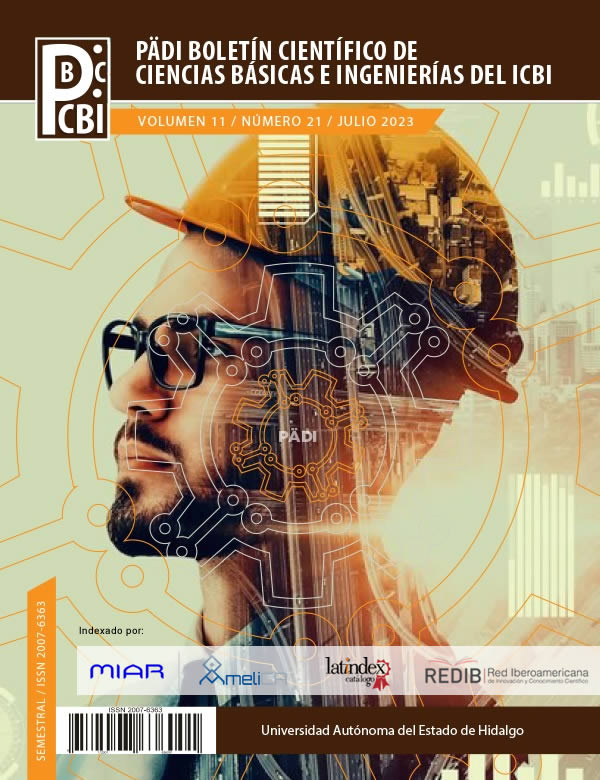Evaluation of the susceptibility to stress corrosion cracking of 304 steel in 0.002M Thiosulphate solution by three methods of tests
Abstract
Cracking in materials is a serious problem, which occurs when the material is subjected to extreme conditions or when phenomena such as stress corrosion cracking (SCC) occur. These cracks tend to grow over time due to the sensitization that the material presents once the phenomenological factors such as stresses and a specific environment are combined.
Thiosulfate can be found in many situations as a consequence of aerial oxidation of sulfates, produced by sulfate-reducing bacteria in anaerobic parts of systems or particularly from the degradation of ion exchange resins in the nuclear industry. The cracking system of thiosulfate-sensitized stainless steel is interesting for many reasons. Very dilute neutral solutions have been shown to induce cracking. Velocities of the order of 8 μms-1 are much higher than the highest current densities measured on the bare surface, implying that thiosulfates stimulate anodic dissolution of Chromium-depleted regions.
In the present work, the effect of sensitization in 304 stainless steels in the presence of sodium thiosulfate 0.002M was studied, using the slow strain rate test technique, (SSRT), compact tension (CT) tests and cantilever beams (CB). finding that 304 steel presents susceptibility to SCC.
Downloads
References
ASTM E-399 Standard Test Method for Linear-Elastic Plane-Strain Fracture Toughness of Metallic Materials. ASTM West Conshohocken, PA, USA. https://doi.org/10.1520/E0399-22.
ASTM E-647 Standard Test Method for Measurement of Fatigue Crack Growth Rates. Handbook of ASTM. West Conshohocken, PA, USA. https://doi.org/10.1520/E0647-15E0
Gomez-Duran, M., Macdonald D.(2003) Stress corrosion cracking of sensitized Type 304 stainless steel in thiosulfate solution: I. Fate of the coupling current. Corrosion Science 45, 1455-1471. https://doi.org/10.1016/s0010-938x(02)00219-6
Kearns, J. R., Scully, J. R., Roberge, P. R., Reichert, D. L., & Dawson, J. L. (Eds.). (1996). Electrochemical noise measurement for corrosion applications (Vol. 1277). ASTM International 3-35
Majidi, A.P. and Streicher, M. (1984). The Double Loop Reactivation Method for Detecting Sensitization in AISI 304 Stainless Steels. Corrosion, 40, 584-593 . https://doi.org/10.5006/1.3581921
Sedricks J. A and Syrett B. C.(1995) Corrosion Testing Made Easy:Stress Corrosion Cracking Test Methods. Sedricks J. A and Syrett B. C. Edits. NACE Houston TX USA.
Watanabe, Y., & Kondo, T. (1998). Current and potential fluctuation characteristics in IGSCC processes of stainless steels. NACE - International Corrosion Conference Series, 1998-March.San Diego Ca, USA.
Wells, D. B., Stewart, J., Davidson, R., Scott, P. M., & Williams, D. E. (1992). The mechanism of intergranular stress corrosion cracking of sensitised austenitic stainless steel in dilute thiosulphate solution. Corrosion science, 33, 39-71. https://doi.org/10.1016/0010-938X(92)90017-W
Copyright (c) 2023 Carlos Rosendo Arganis-Juarez, Julio César Zenteno-Suarez

This work is licensed under a Creative Commons Attribution-NonCommercial-NoDerivatives 4.0 International License.













